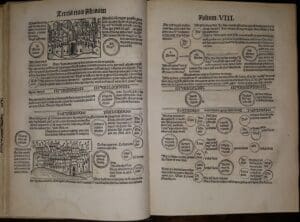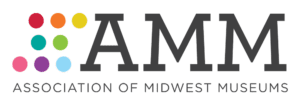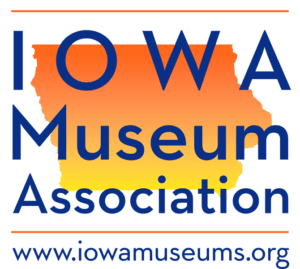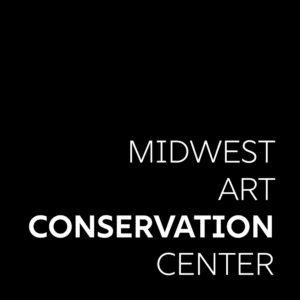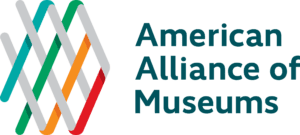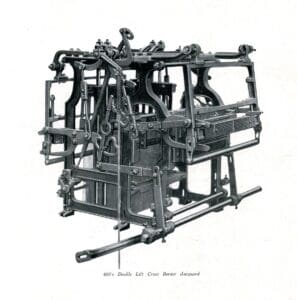
About
A special aspect of Salisbury House & Gardens as a museum is that the vast majority of what visitors see on display are items the Weeks family acquired for their home back in the 1920s. The family had eclectic and varied tastes, collected objects from all across the globe, and had some even built into the walls of their house. With so many different kinds of objects it can be difficult to build a comprehensive list that doesn’t get too far into the weeds; instead, we’ve broken out the Salisbury House collection into a few broad categories.
Furnishings & Architectural Elements
Carl and Edith Weeks sought to make their home as historically accurate as possible, and so salvaged several architectural elements from the Salisbury, England area and worked with an antiques dealer named Reginald Mullins to acquire antique art and furniture that matched the aesthetic of their home.
Some notable furnishings and architectural elements are:
- The half-beam ceiling in the Great Hall, which came from the White Hart Inn, Salisbury, England
- A pair of misericords that date to the 1300s
- A ¾ suit of armor
- Three fireplaces
- A staircase from the 13th century
- A Brussels Brabant tapestry from 1550
- Wood carvings from 91 Crane St., Salisbury, England that depict the original homeowner’s neighbors
- A custom Steinway D piano made from antique English Oak
Art
The Weeks family’s art collection contains paintings, statues, and other handcrafted items from all over the globe resulting in a mix of aesthetics. This collection is the clearest example of Carl and Edith’s eye for antiques, appreciation for culture, and excellent taste in modern art.
Notable artists in the collection include:
- Sir Thomas Lawrence
- Sir Lawrence Alma-Tadema
- Sir Anthony Van Dyck
- Joseph Stella
- Lillian Mathilde Genth
- Rockwell Kent
- Leon Kroll
Artifacts & Knick-knacks
It is safe to say that Carl and Edith Weeks were maximalists. View any historic photograph from their time occupying the home, and you will see that every surface is covered with trinkets, bobbles, and other miscellaneous objects.They had knick-knacks, bric-a-brac, tchotchkes, mementos, keep-sakes, and anything else you might find in your great-grandma’s curio cabinet.
To be more specific, some objects included under this category are:
- The Weeks family’s china - both the 300+ piece set they had commissioned and produced by Mintons but other random plates, tea cups, and serving items
- Edith Weeks’ collection of shawls and fans
- Carl Weeks’ rock collection, the majority of which are built into the walls of Friendship Hall
- A large assortment of products produced by Chamberlain Medicine Company, D. Weeks Company, D.C. Leo and Company Private Label Medicines, The Armand Company, Weeks & Leo, as well as other pharmaceutical products from the time period produced by competitors of the Weeks and Chamberlain families
- Small statuettes and porcelain figurines
- A collection of German steins
- A mummified rat
Archives & Photographs
The Salisbury House archives contain documents regarding the construction of Salisbury House, the acquisition of collection items purchased for the home, documents and ads from The Armand Company (and other related businesses), and select personal documents from members of the Weeks family. As for photographs, most were taken by Carl Weeks and include interior shots 91 Crane St. Salisbury, England; Salisbury House over the last 100 years; and several photographs of the family.
Highlights

A Family Affair: The Art of the Duchamp Siblings

Over There: A Selection from the Armand Broadside
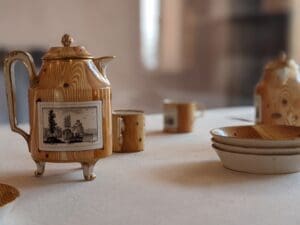
Buyer Beware: Vienna Porcelain and the Beehive Mark
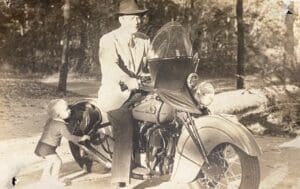
A History in Photos: The Weeks Family

It’s All In The Details – Doors of Salisbury
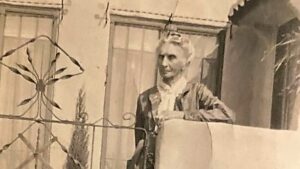
Laura’s Story

Han Dynasty Vases Rise From The Grave
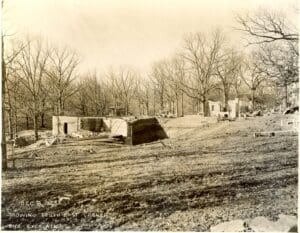
High Street – A New Life at Salisbury
The Salisbury House Library Collection (SHLC) at Grinnell College
Learn more about ongoing research and how the collection is being used within the classroom at https://salisbury.speccoll.sites.grinnell.edu/
Past Book Highlights
Library Spotlight: One World
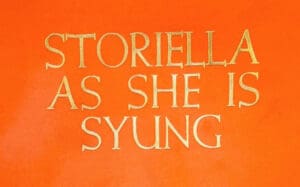
Library Spotlight: Storiella as She is Syung
Library Spotlight: Den Geheelen Bibel

The American Chap-Book Christmas ~ 1904

The Christmas Story, 1483-Style
